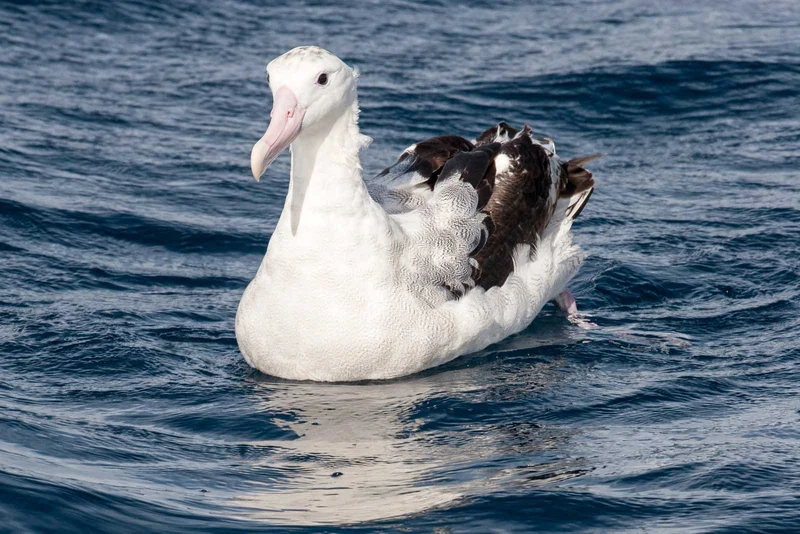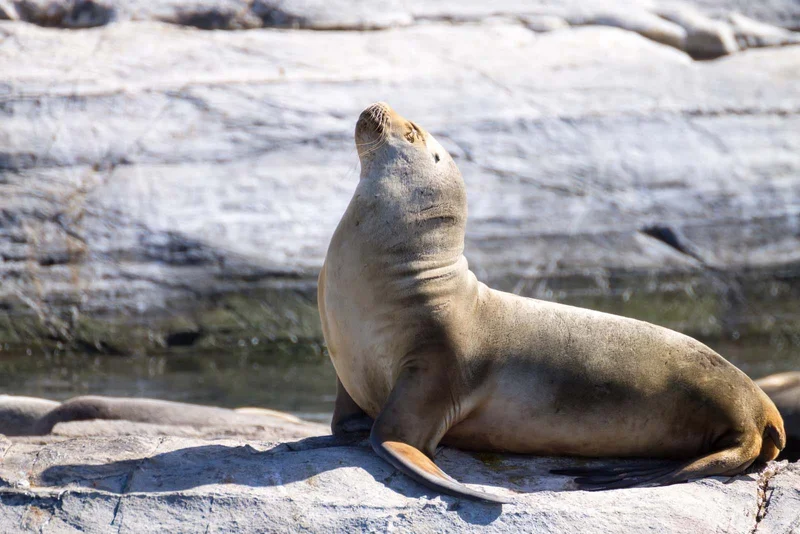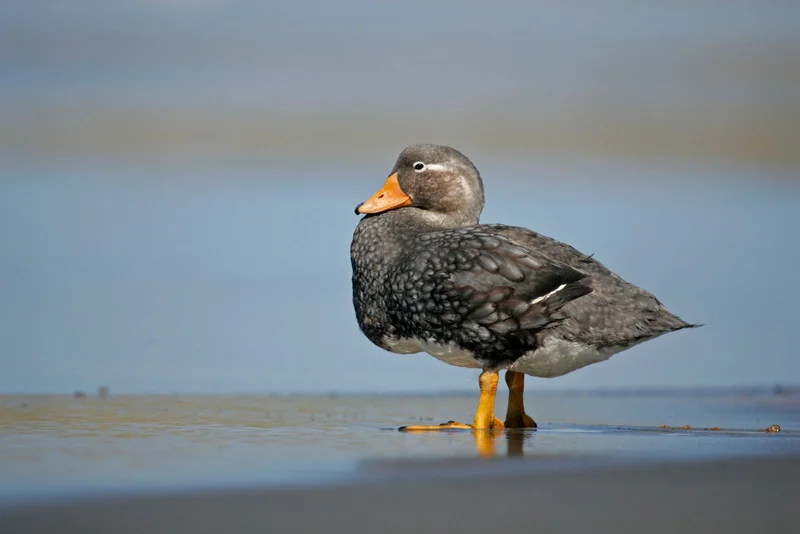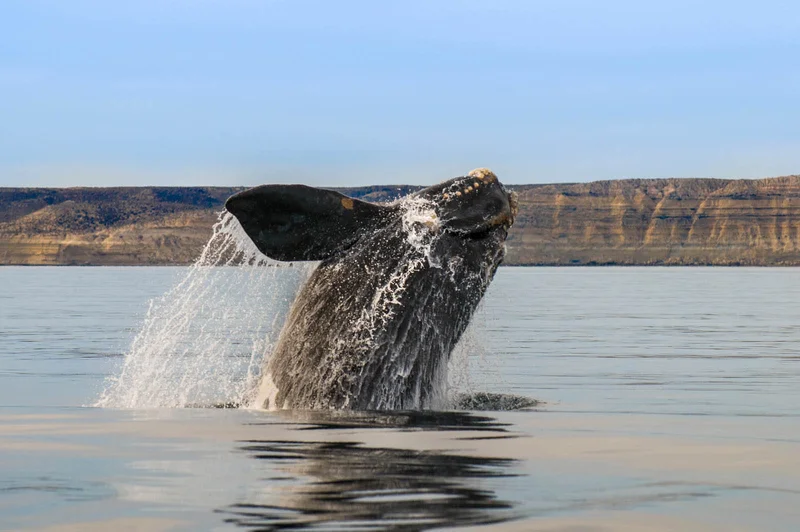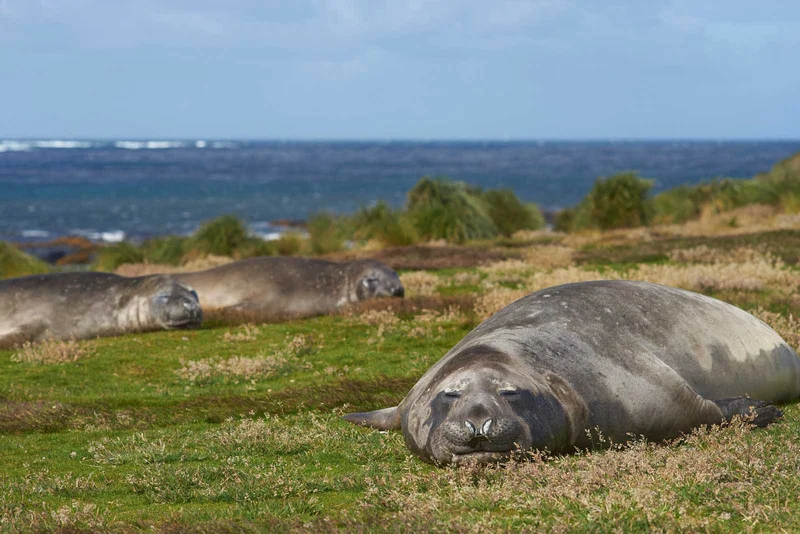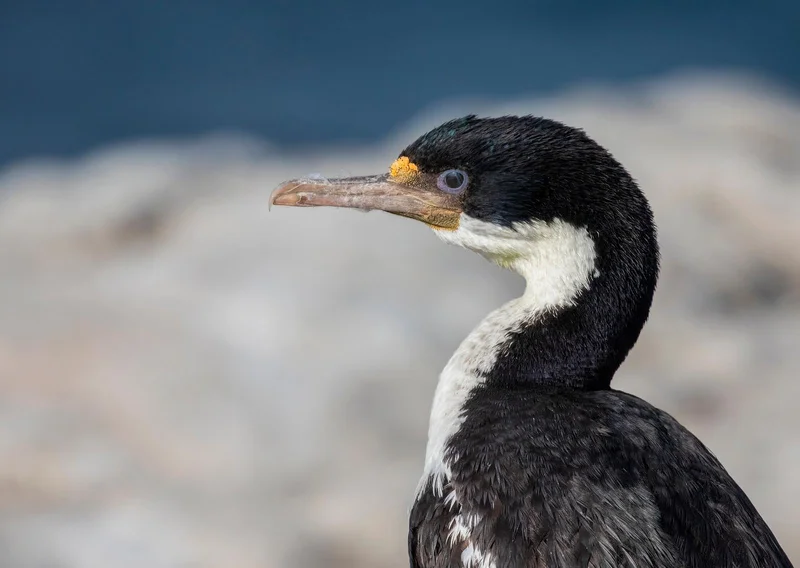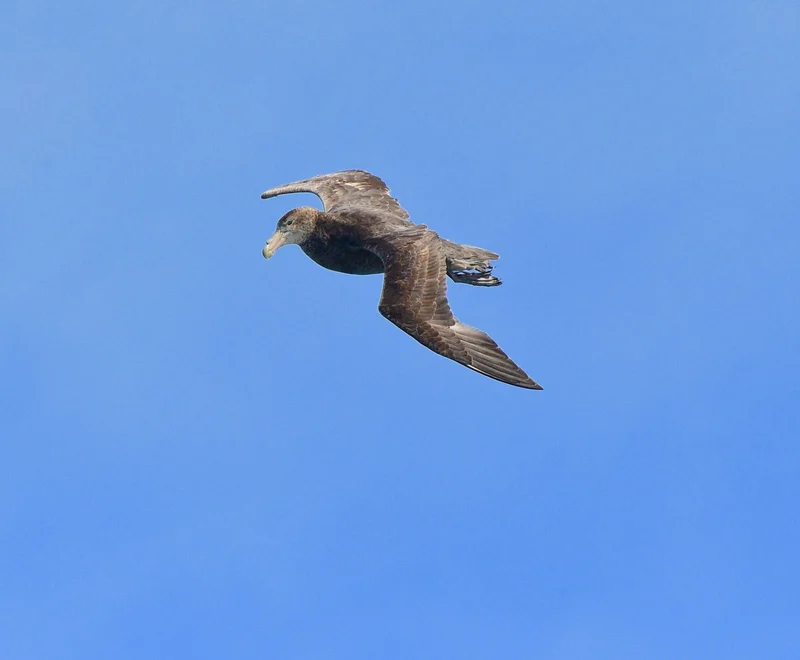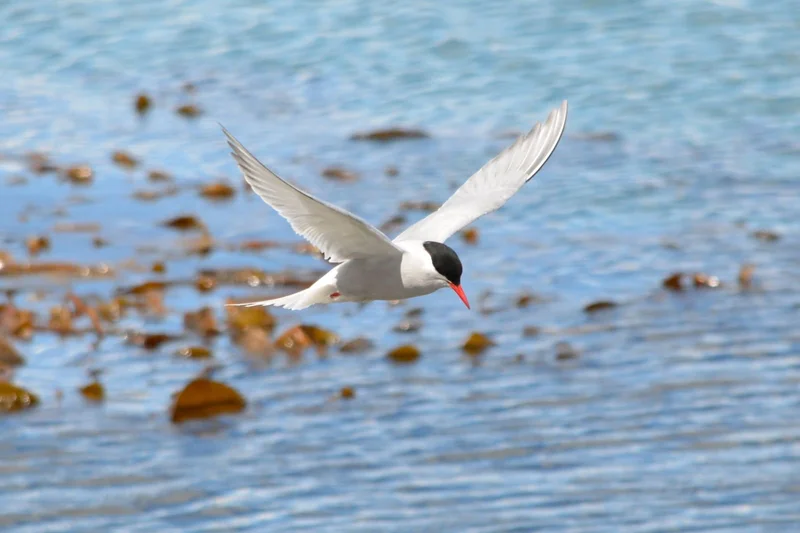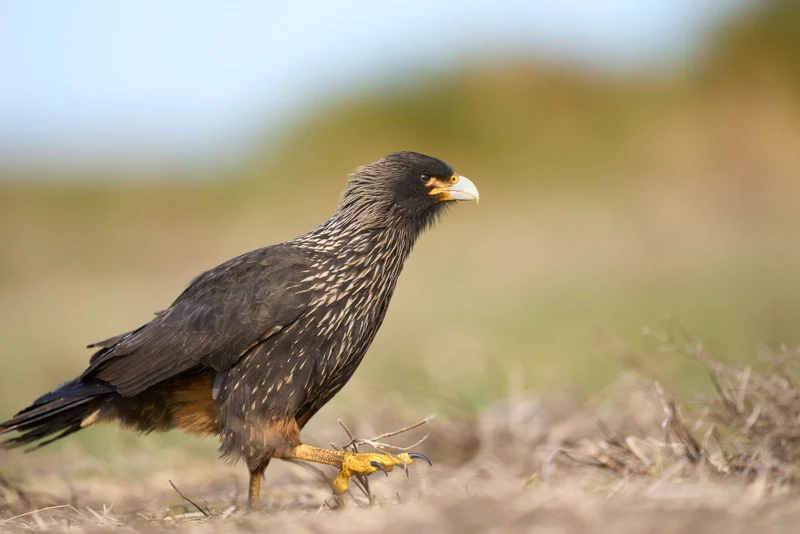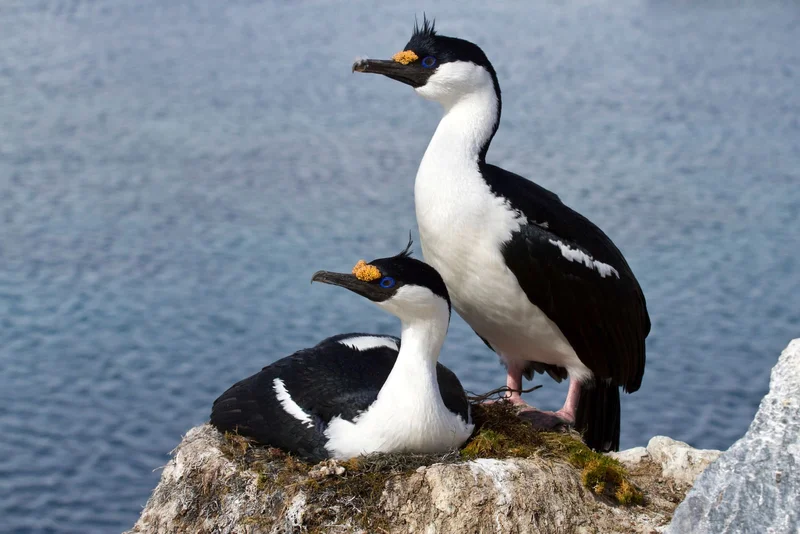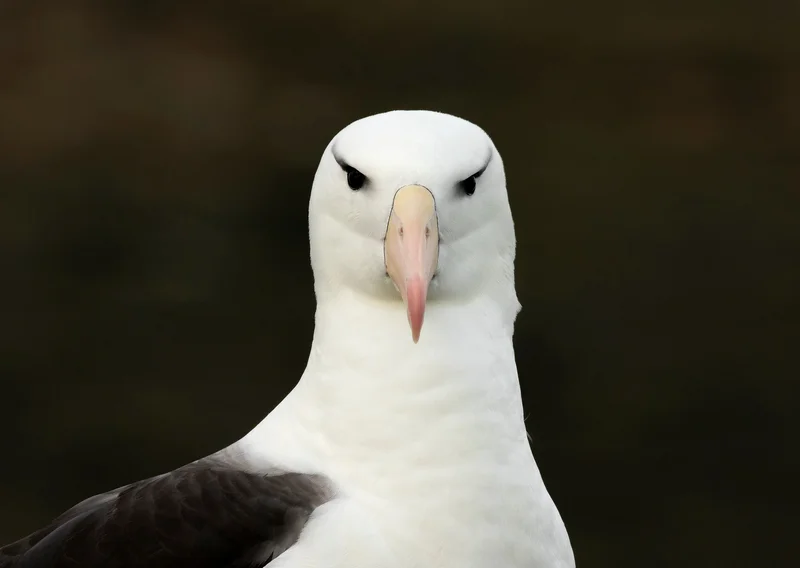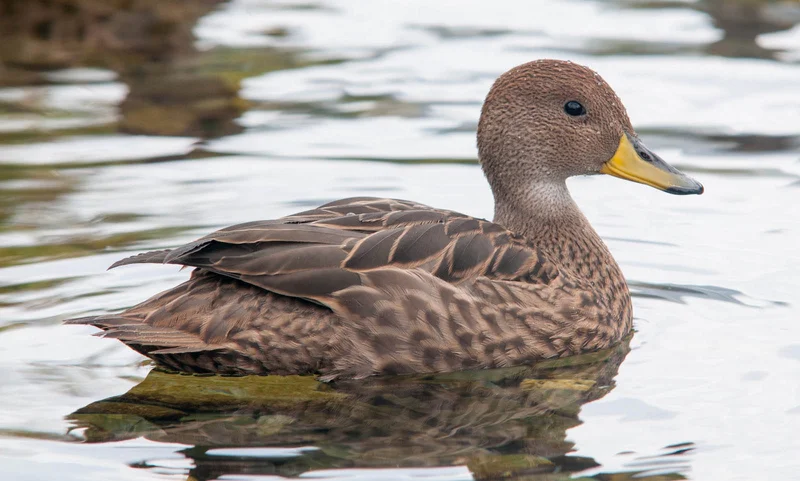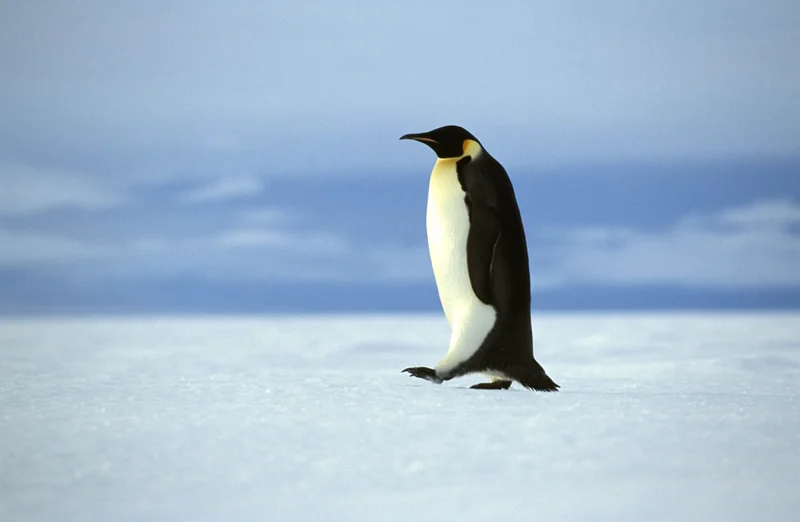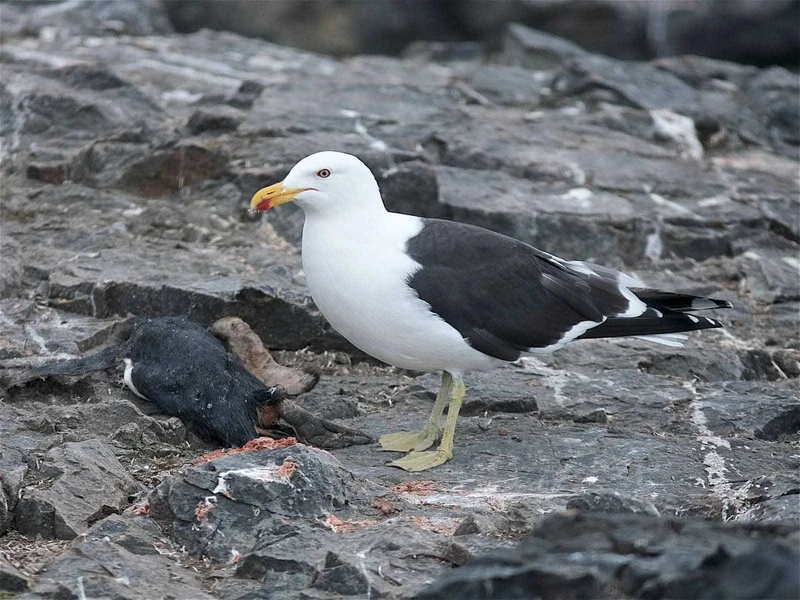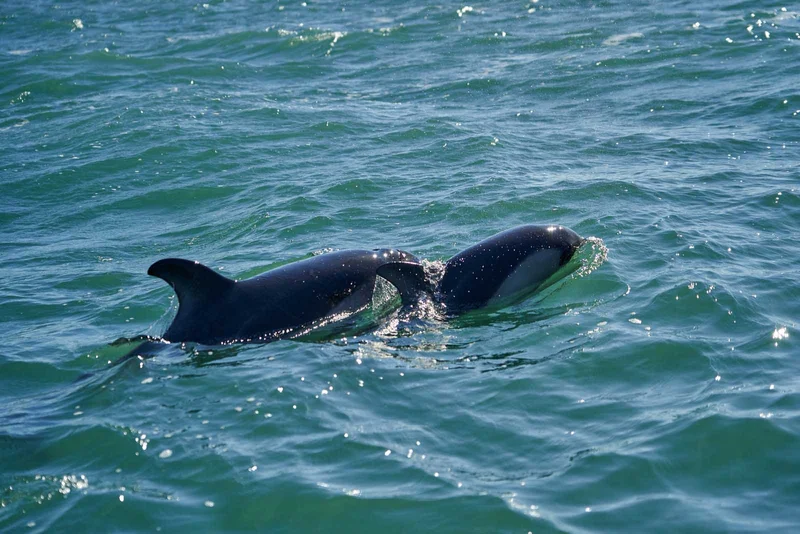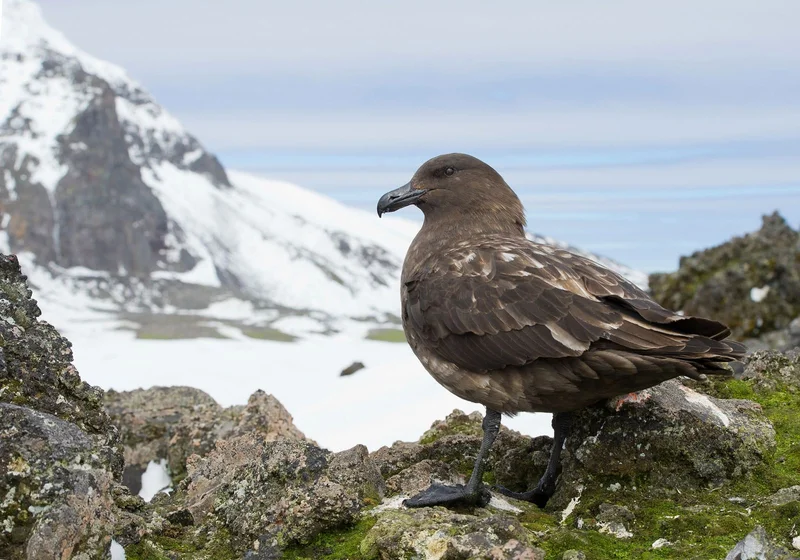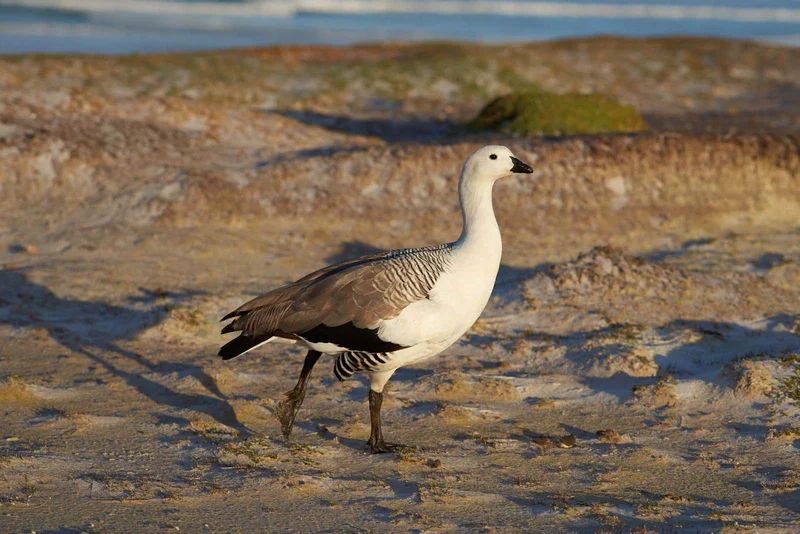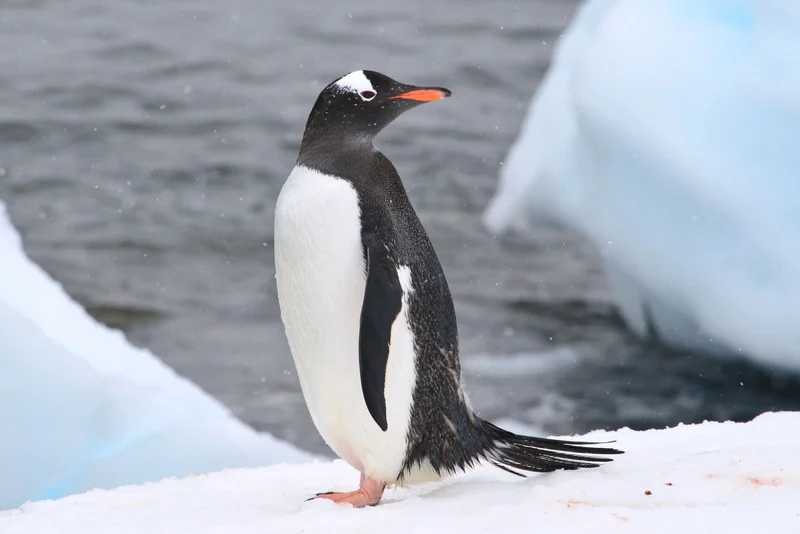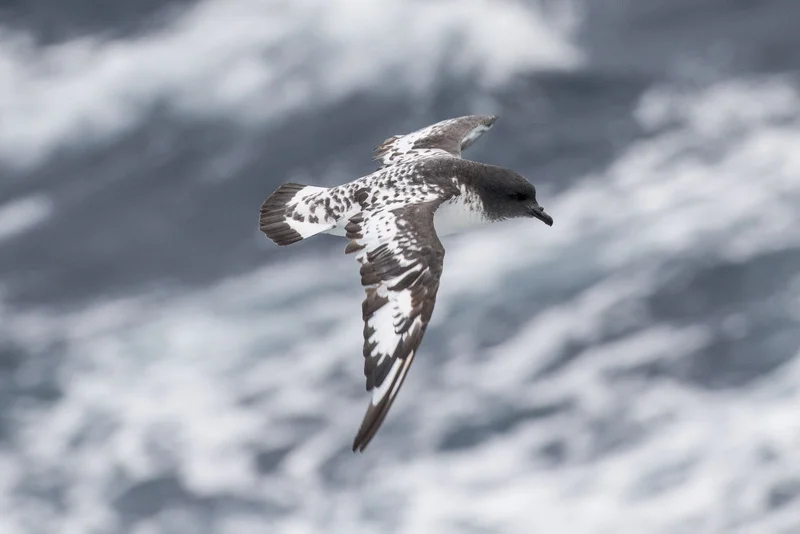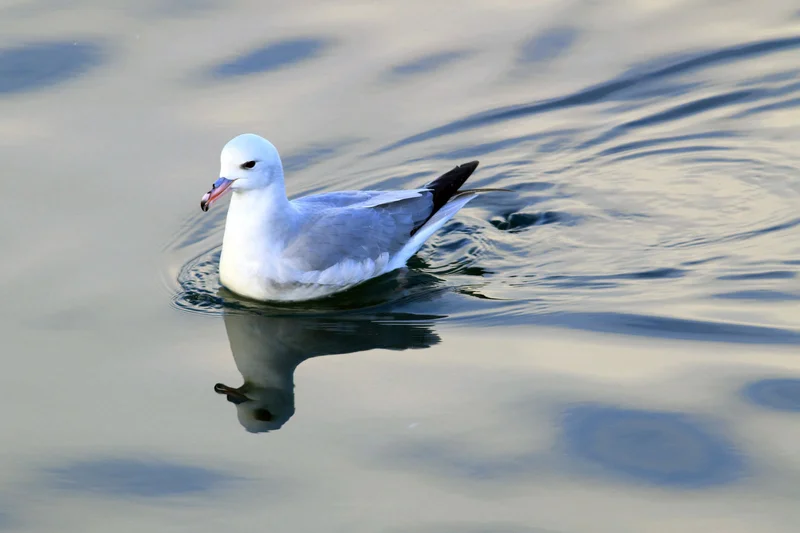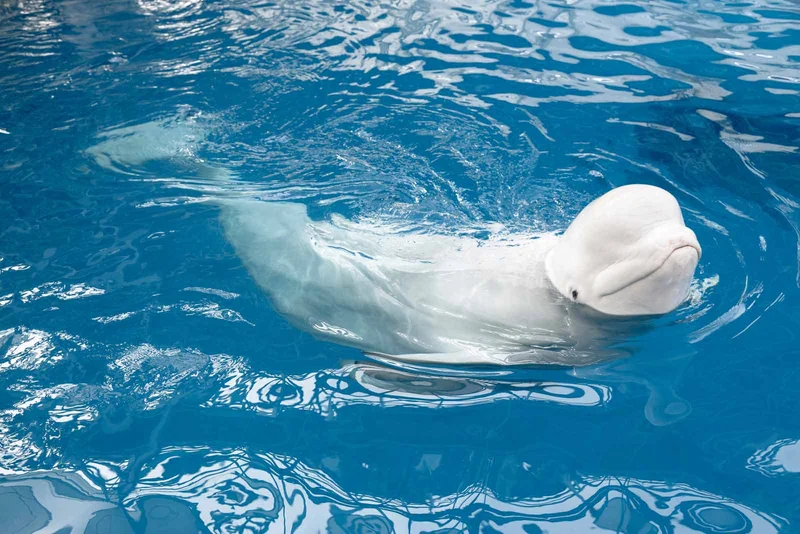Essential Minke Whale Information
Minke whales are divided into two species: the common (northern) minke whale and the Antarctic (southern) minke whale. These small baleen whales, averaging 7.6 meters (25 feet) in length and 5 tons in weight, are dark grey to black on top with a white underside. The common minke has a white band on its pectoral fins. The species name is believed to be of Norwegian origin, possibly linked to a whaler named Meincke.
Migration and Feeding
Minke whales are migratory, moving towards the poles in spring to feed and returning to tropical waters in winter for mating and calving. The seasonal differences between hemispheres are thought to have kept the two species distinct. Minke whales filter-feed using baleen plates, primarily consuming small fish, krill, and other plankton.
Behavior and Interaction
Minke whales are known for their habit of surfacing two or three times before diving deep to feed, giving observers a few chances to capture sightings. They are unbothered by small boats like Zodiacs, often seen taking a break before their next dive. However, they are preyed upon by orcas and have no defense other than attempting to flee, with low success rates.
Conservation Status
The population of minke whales is generally stable, with common minkes listed as of "least concern." However, the Antarctic minke is "near threatened," despite a 2004 survey estimating their population at over 500,000 individuals.
Interesting Facts
- The Antarctic minke whale was only recently recognized as a separate species, based on its morphological differences.
- Minke whales are still hunted for meat in some parts of the world, leading to opposition from conservation groups like Greenpeace. Despite the detailed knowledge of dead minkes from scientific whaling, much remains unknown about their life in the wild.


